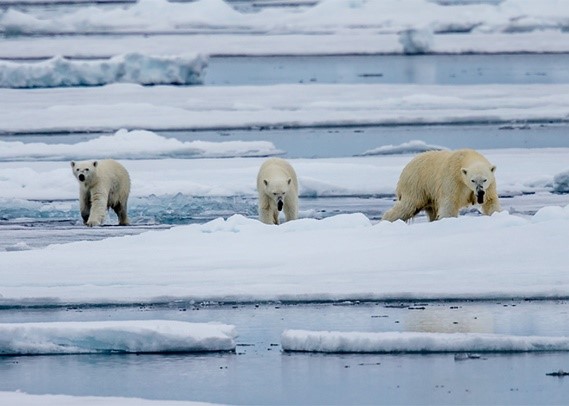Free Courses Sale ends Soon, Get It Now


Free Courses Sale ends Soon, Get It Now



Disclaimer: Copyright infringement not intended.
In News
Findings of the Report
Consequences of the soaring temperatures in the Arctic
THAWING OF SUBSEA PERMAFROST
FOOD INSECURITY
RAGING WILDFIRES
SEVERE FLOODING
GREENLAND ICE SHEET MELTING
|
PRACTICE QUESTION Q. Rising temperatures in the Arctic have led to a huge impact on the environment. What are the consequences of the soaring temperatures in the Arctic? |
© 2024 iasgyan. All right reserved